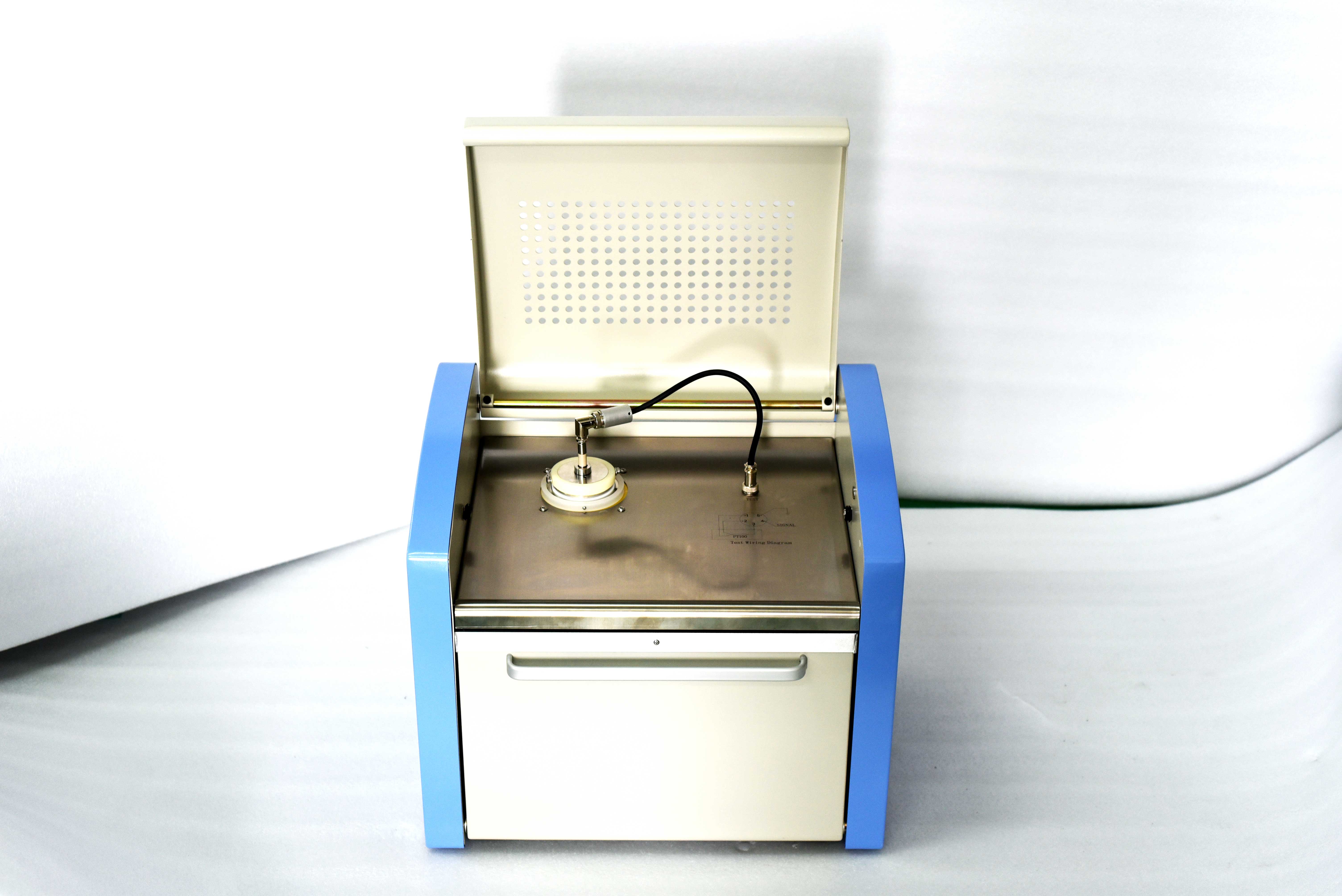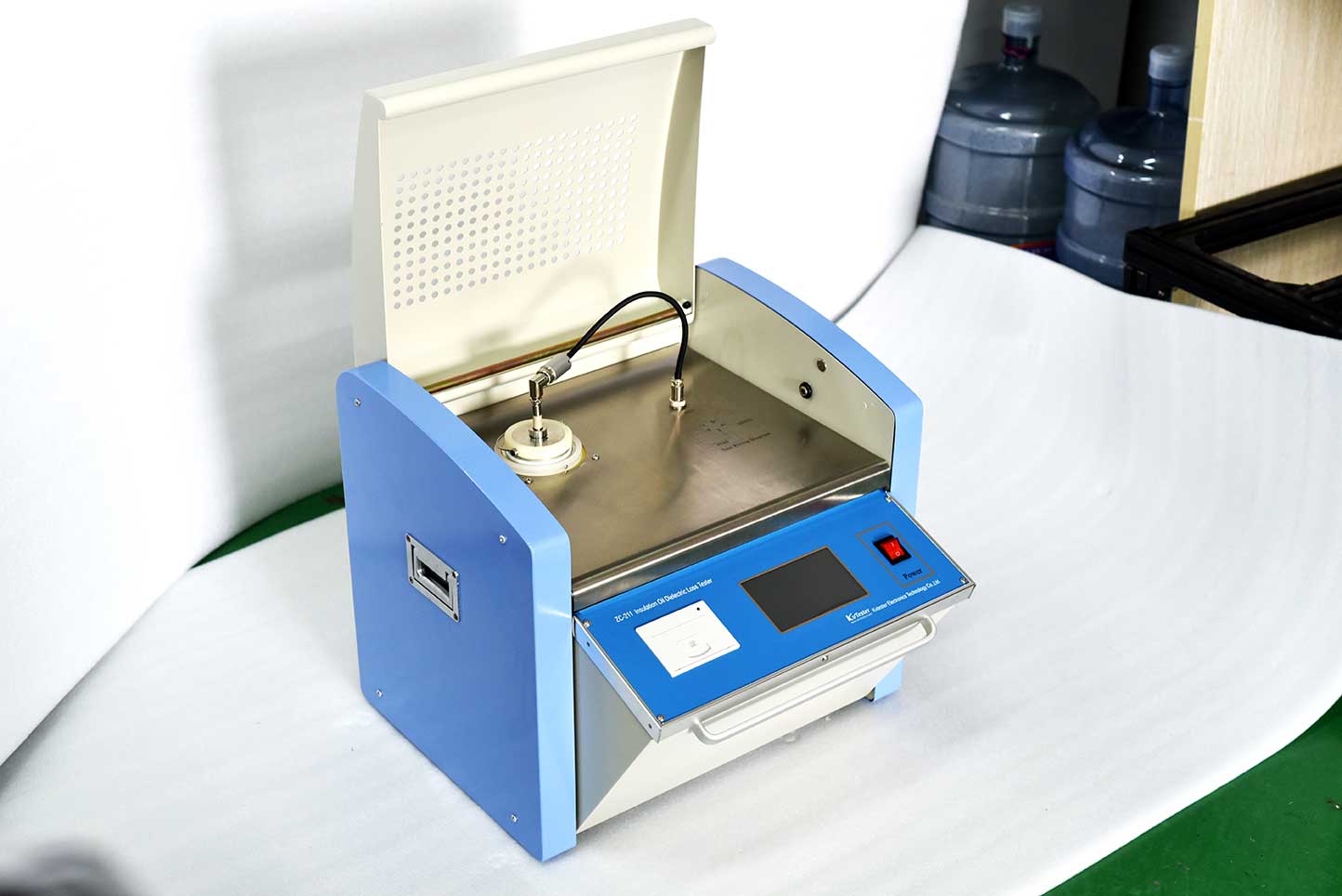The dielectric strength tester for insulating oil plays an important role in the power industry. It can be used to detect the dielectric strength of insulating oil, thereby evaluating the performance and reliability of insulating materials. However, some common malfunctions may be encountered when using this instrument. This article will introduce the function and principle of the insulation oil dielectric strength tester, common faults, and corresponding handling methods to help practitioners and maintenance personnel in the power industry solve problems.
The function and principle of the tester:
The dielectric strength tester for insulating oil is mainly used to measure the dielectric strength of insulating oil. Insulating oil is one of the commonly used insulation materials in power equipment, and its dielectric properties directly affect the safe operation of the equipment. By testing the dielectric strength of insulating oil, the quality and reliability of insulating materials can be determined. The testing instrument evaluates the dielectric strength of the insulating oil sample by applying high voltage to it and observing whether it will experience breakdown or leakage under high voltage.
Common faults of insulation oil dielectric strength tester:
1. Power failure:
Power failure is one of the most common problems when using insulation oil dielectric strength testers. Power failure may cause the testing instrument to malfunction or display abnormalities.
2. Abnormal instrument display:
During the testing process, the display of the testing instrument may exhibit abnormalities, such as garbled code on the display screen or inability to display test results.
3. Inaccurate test results:
Sometimes the test results may not match the actual situation, which may be caused by inaccurate calibration of the instrument or issues with the test sample.

To solve the problem of the dielectric strength tester for insulation oil, the following methods can be adopted:
1. Check if the power supply is normal:
Firstly, check whether the power supply of the testing instrument is normal, ensure that the power cord is connected well and the voltage is stable, so as not to affect the normal operation of the testing instrument.
2. Check if the connection and wiring of the instrument are correct:
Ensure that the connection and wiring of the testing instrument are correct, check whether each interface and connecting wire are secure, and ensure the accuracy of signal transmission.
3. Calibration instrument display and test results:
Regularly calibrate the display and test results of testing instruments to ensure their accuracy. You can refer to the user manual or consult the manufacturer to follow the instructions for calibration operations.
4. Clean and maintain various components of the instrument:
Regularly clean and maintain various components of the testing instrument, including cleaning the display screen, probes, connecting wires, etc. Ensure the normal operation and long-term stability of the instrument.
5. Timely replacement of aged or damaged components:
If any components of the testing instrument are found to be aged or damaged, they should be replaced in a timely manner. Avoid inaccurate test results or instrument malfunction due to aging or damaged components.
To ensure the normal operation of the insulation oil dielectric strength tester, the following maintenance methods and troubleshooting techniques can be adopted:
1. Regular maintenance and upkeep:
Regular maintenance and upkeep of testing instruments, including cleaning, calibration, and replacement of aging components. Maintain the normal operation and long-term stability of the instrument.
2. Pay attention to the correct use and operation of instruments:
When using an insulation oil dielectric strength tester, it is important to pay attention to the correct operating method. Follow the instructions in the user manual to ensure the normal operation of the instrument and the accuracy of test results.
3. Learn and master the basic skills of troubleshooting:
Learning and mastering the basic skills of maintenance and troubleshooting can help quickly solve the problems of testing instruments. You can participate in relevant training or consult professionals to improve your troubleshooting skills.

This Transformer tester insulation oil dissipation coefficient and resistivity measurement system type ZC- 211 is based on the national standard GB / t5654 - 2007 "relative dielectric constant of liquid insulating materials, dielectric loss factor and DC resistivity measurement", mainly used For measuring the dielectric loss factor and DC resistivity of liquid media, such as insulating oil. The instrument structure is integrated, integrating the dielectric loss of the test unit, the temperature controller, the temperature sensor, the dielectric loss test bridge, the AC test power supply, the standard capacitor, the high resistance meter, the DC high voltage power supply and other main components. The instrument adopts all-digital technology and intelligent automatic measurement. It is equipped with a large-screen (240 * 128) liquid crystal display using a full English menu, which promotes every step in China. The test results can be automatically stored and printed out so that the operator can use it without professional training. it.
Kvtester Electronics Technology Co.,Ltd. is a high-tech enterprise specializing in power testing, testing, research and development, production, and sales of testing equipment. It has been engaged in the electrical testing industry for many years, and its products are of high quality. We welcome customers to come and purchase.






